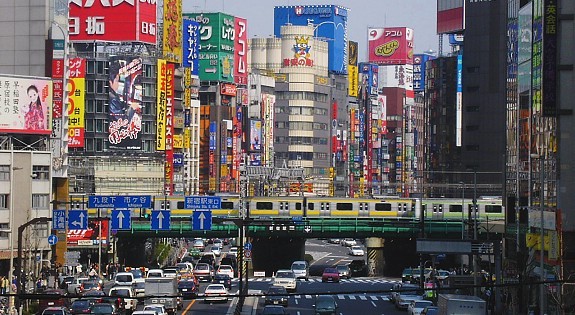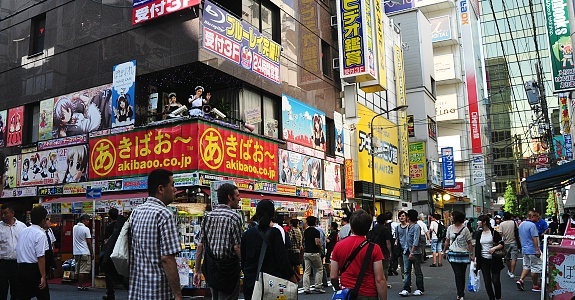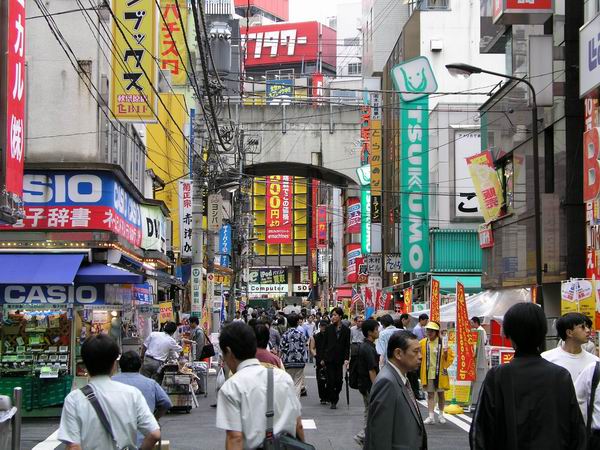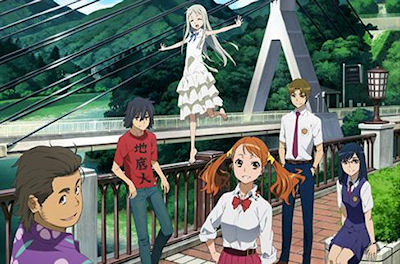First off, David Yates has managed to fail to capitalize on the simplest maxim of movie making: follow the goddamn book. I am not one to default on classic examples, but Yates has produced what I like to call Linkin Park’s cover of “Rolling In The Deep:” complete rubbish.
Yates may have missed the most important part of the book: Harry Potter does not live. The fact that even an illiterate 6-month old child wouldn’t miss such a fundamental part of “The Deathly Hallows” leaves me deeply concerned. Then again, the integrity of Hollywood directors has been in question for years. When Yates conveniently passes over this integral part of “The Deathly Hallows,” even the most unengaged moviegoer can’t help but feel like they have simply received a cheaper version of the original.
Viewers who haven’t had the fortune of reading J.K. Rowling’s masterpiece will never feel the emotional pull of when Harry sacrifices his life in vain only to allow Voldemort a complete and devastating victory over the wizarding world. Rowling’s portrayal of evil overcoming good is a central theme of the series which really brings the content home for many readers. The watered down version presented by the film is, in many ways, an example Disney’s marvelous euphemism which is “The Jungle Book.” But more on racism later.
“The Deathly Hallows” contains less production value than “Twilight” which was no doubt shot on a $500 budget. The special effects, or “magical effects” as Dr. Griesbach explains, were hardly pleasing. After watching the masterpiece that is “Transformers: Dark Side Of The Moon,” Yates couldn’t even force a yawn from this moviegoer.
Yates must have been hard-pressed for cash considering how in the final scene of the movie the main cast is simply dipped in makeup to fake the appearance of the passage of many years instead of finding suitable actors. Dan Fitzmier clothing, wigs, and wrinkles surprisingly doesn’t make for a believable set of adults.
Speaking of the main cast, the performance given by Radcliffe, Watson, and Grint is dismal at best. The rudimentary dialogue in “The Deathly Hollows” is really fleshed out by Radcliffe’s melodramatic acting style. While Watson performs her cult-of-domesticity character role by remaining quiet for much of the film, Grint doesn’t even provide any comic relief by asking Watson for a sandwich at any point during the film.
Not only did Yates adulterate the innocent school girl that is Hermione Granger with the image of a skimpy, English prostitute, but his failure to give Ginny Weasley even the slightest hint of sexual appeal was a costly mistake. Every scene with Harry and Ginny felt like a cheap Japanese porno. In fact, Heyman has managed to capture phenomenon which is even more awkward on film. Every elementary school child who has even skimmed the first lines of “The Sorcerer’s Stone” is completely aware of Ginny’s undeniable sex appeal. Shape up Yates.
Throughout the film Yates has injected his own ignorant commentary on the American racial matrix. Yates idea of saving face following allegations of racism by the Supreme Court during early filming is giving the only two major African American actors in the film a single line, hardly saving face. Even with such a concession, Yates has managed to put forth his own racist political agenda with perverted notions of the socio-economic order.
One actor, who, by the way, represents a certain dreamy Owen Jones, simply chirps in “yes sir” to none other than a white wizard in the middle of the film. Very classy Yates, evoking long begone notions of Confederate-fashioned deference in order to push your racist presuppositions toward African Americans upon millions of young Harry Potter fans.
On top of this, Yates plays on modern racial stereotypes when he chooses to make every last one of the quidditch players in the final scene African American. For some reason, Yates chooses to exclude portraying African American wizards from participating in constructive educations practices at Hogwarts. That’s ok. Racist. I just added “quidditch” to my Word 2007 dictionary muggles.
At the end of “The Deathly Hollows” I was left with so many unresolved questions that I felt like I was judging a novice debate. What does Harry Potter do for a living and is he obliged to pay his taxes as a wizard? What happened to Dumbledore’s phoenix which was released in “The Chamber Of Secrets? Why doesn’t Harry go for the Cho Chang route which is infinitely more desirable? Why are all of Harry’s children all hipsters? And most importantly, what is Dumbledore’s sexual orientation?
In conclusion, “The Deathly Hollows” receives a failing grade. Instead of fueling J.K. Rowling’s geopolitical schemes to reestablish England to her former glory by purchasing overpriced movie tickets, everyone would do well to download a pirated copy from the internet or to simply avoid the film altogether. “The Deathly Hollows” is a simple reminder of one single fact: Wes is incredibly easy to bother.
Good Riddance Hogwarts,
Noel









 11:22 AM
11:22 AM
 NoelVermillion
NoelVermillion











